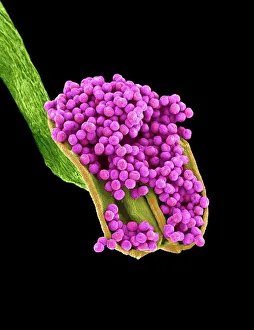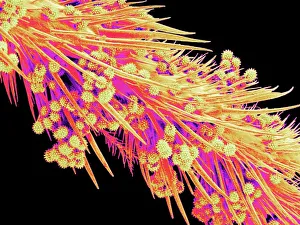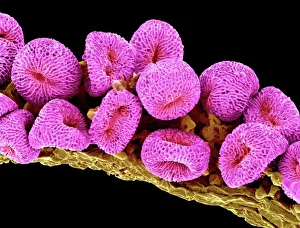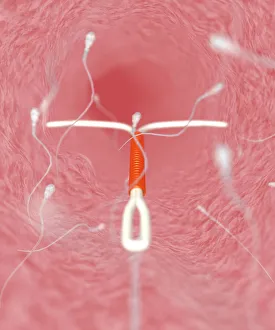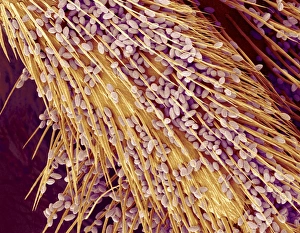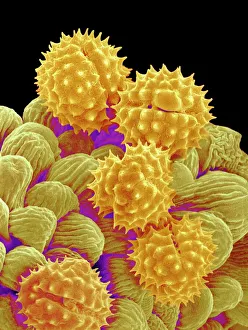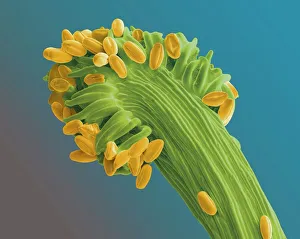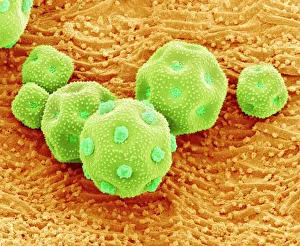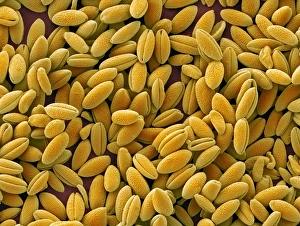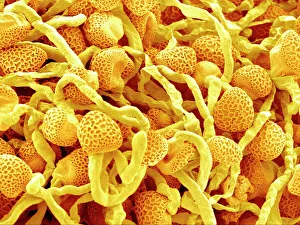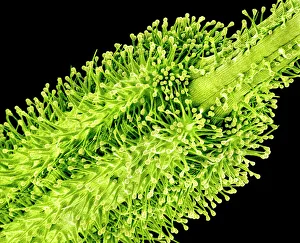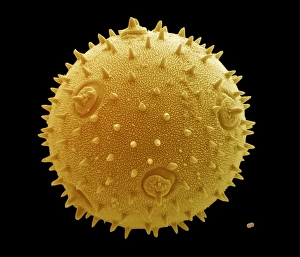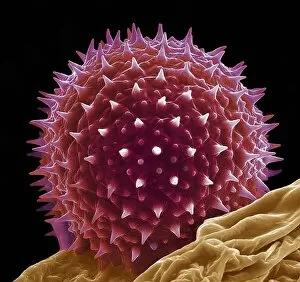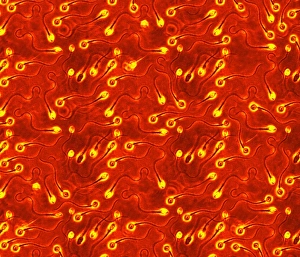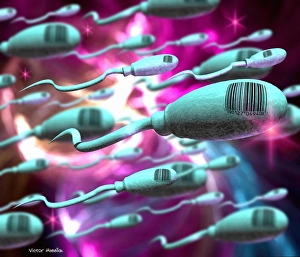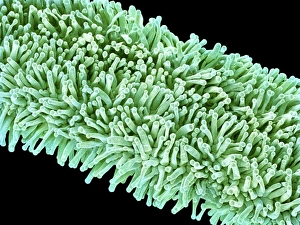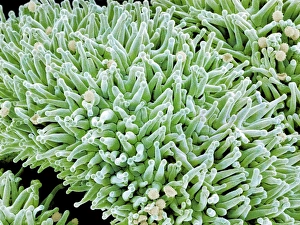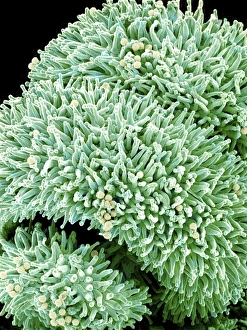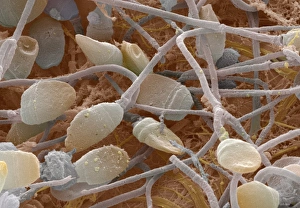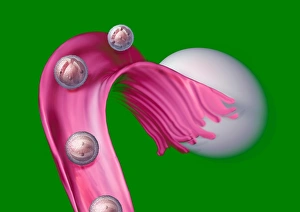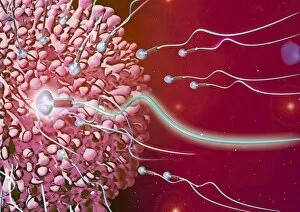Gametes Collection
Gametes, the tiny yet powerful reproductive cells, play a crucial role in the cycle of life
All Professionally Made to Order for Quick Shipping
Gametes, the tiny yet powerful reproductive cells, play a crucial role in the cycle of life. Captured under the lens of a scanning electron microscope (SEM), these microscopic wonders reveal their intricate beauty and significance. In one captivating image, we observe the delicate structure of a Geranium anther. Its vibrant colors and fine details showcase nature's artistry at its finest. This anther holds within it countless Geranium pollen grains, each carrying the potential to create new life. Moving on to another SEM masterpiece, we witness a Honeybee leg adorned with pollen grains collected during its pollination journey. These minuscule particles cling to every hair-like structure on the bee's leg, showcasing how these industrious insects inadvertently aid in plant reproduction while seeking nectar. Zooming closer into nature's marvels, Philadelphia fleabane pollen grains come into focus through SEM imagery. Their unique shapes and textures hint at their adaptability for efficient dispersal by wind or animal vectors – ensuring successful fertilization across vast distances. Gorse stigma with pollen grains presents us with yet another mesmerizing sight under SEM observation. The interplay between this flower's receptive surface and meticulously crafted pollen grains showcases evolution's ingenuity in facilitating cross-pollination among plants. Shifting gears from flora to contraception methods brings us face-to-face with IUD contraceptive and sperm cells' juxtaposition. This thought-provoking image serves as a reminder that gametes not only hold promise for creation but also highlight humanity's quest for reproductive control. As our exploration continues through SEM imagery, Forsythia pollen grains captivate us with their elegance and symmetry. Each grain acts as a messenger transporting genetic material from one flower to another – perpetuating biodiversity in our natural world. Chickweed pollen grains make their appearance next – small yet significant contributors to plant reproduction through insect-mediated pollination processes. Their presence reminds us of the interconnectedness between various organisms within ecosystems.

